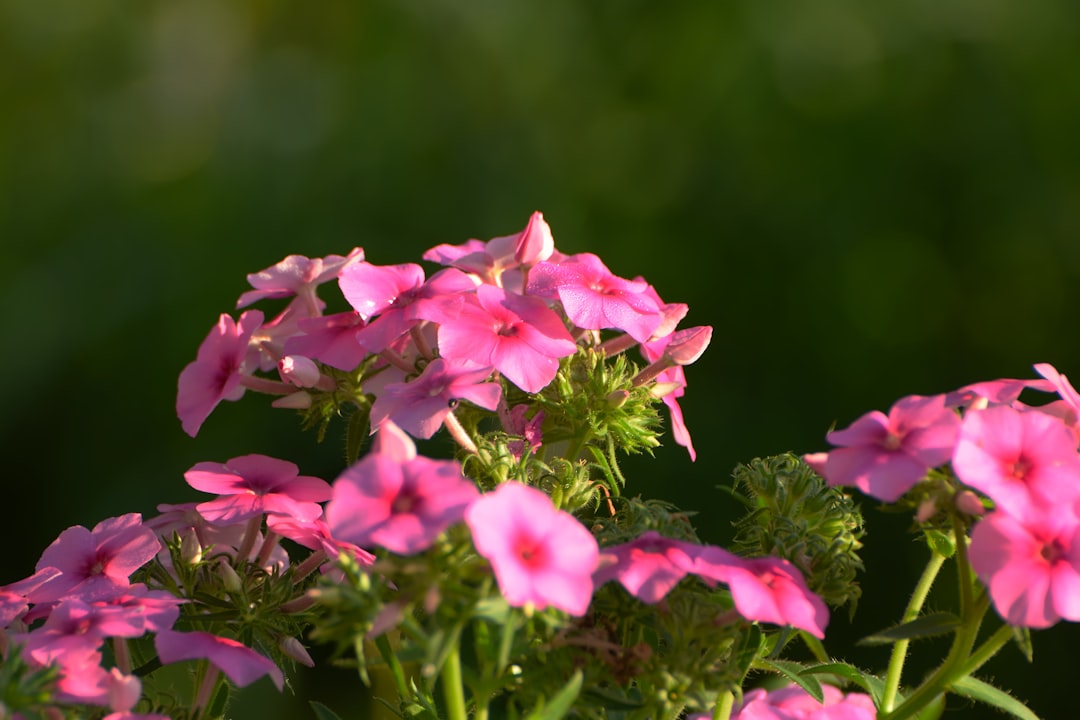The Secret to a Lush Pacific Northwest Lawn

Maintaining a healthy stretch of grass in the Pacific Northwest isn't just a matter of luck—it's a science. By following a well - crafted lawn care calendar, you can ensure that your lawn remains vibrant and green throughout the year. In this article, we'll guide you through the essential steps and timing for optimal results.
### Early Spring (March - April)
As the cold winter fades away, early spring is the perfect time to start your lawn care routine. The first step is to remove any debris, such as fallen leaves and branches, that have accumulated over the winter. This allows sunlight and air to reach the grass, promoting healthy growth. Raking also helps to break up thatch, a layer of dead grass and organic matter that can prevent water and nutrients from reaching the roots.
Next, it's time to aerate your lawn. Aeration involves creating small holes in the soil to allow air, water, and nutrients to penetrate more easily. In the Pacific Northwest, the soil can become compacted due to heavy rainfall and foot traffic. Using a core aerator, which removes small plugs of soil, is an effective way to improve soil structure. You should aim to aerate your lawn every 1 - 3 years, depending on the level of use and soil conditions.
Once you've aerated the lawn, it's a good idea to overseed. Overseeding involves spreading grass seed over your existing lawn to fill in thin or bare spots. Choose a grass seed variety that is well - suited to the Pacific Northwest climate, such as fescue or ryegrass. These grasses are more tolerant of the region's cool, wet winters and mild summers.
### Late Spring (May - June)
In late spring, the grass is growing rapidly, and it's important to keep up with regular mowing. Set your mower blade to a height of about 2.5 - 3 inches. This height helps to shade the soil, reducing evaporation and preventing weed growth. Make sure to mow frequently enough so that you're only removing about one - third of the grass blade at a time. Cutting the grass too short can stress the plants and make them more susceptible to disease and pests.
During this time, it's also crucial to fertilize your lawn. Use a slow - release fertilizer that contains nitrogen, phosphorus, and potassium. Nitrogen promotes leafy growth, phosphorus helps with root development, and potassium improves the overall health and disease resistance of the grass. Follow the instructions on the fertilizer package carefully to avoid over - fertilizing, which can lead to excessive growth and environmental problems.
### Summer (July - August)
The Pacific Northwest summers can be dry, so proper watering is essential. Water your lawn deeply and infrequently, rather than giving it a light sprinkle every day. Deep watering encourages the roots to grow deeper into the soil, making the grass more drought - tolerant. Aim to water your lawn about 1 - 1.5 inches per week, either through rainfall or irrigation. Water in the early morning to reduce evaporation and prevent fungal diseases.
Keep an eye out for pests and diseases during the summer months. Common pests in the Pacific Northwest include grubs, which feed on the roots of the grass, and chinch bugs, which suck the sap from the grass blades. If you notice any signs of pest infestation, such as brown patches or wilting grass, consult a professional lawn care service or use an appropriate pesticide.
### Fall (September - October)
Fall is a great time to give your lawn a final boost before winter. Start by raking up any fallen leaves, as they can smother the grass if left on the lawn for too long. Then, overseed again to thicken up the lawn and fill in any bare spots that may have developed during the summer.
Apply a fall - specific fertilizer that is high in potassium. This helps the grass to store energy for the winter and improves its cold tolerance. You can also continue to mow your lawn, but gradually lower the mower blade height as the grass growth slows down.
### Winter (November - February)
During the winter, the grass is dormant, and there isn't much maintenance required. However, it's still important to avoid walking on the lawn when it's frozen or covered in snow. This can damage the grass blades and cause long - term harm. If you have any areas of standing water on your lawn, try to address the drainage issue before the spring thaw.
By following this lawn care calendar, you can maintain a beautiful and healthy lawn in the Pacific Northwest. Remember, timing is key when it comes to lawn care, so make sure to stay on top of each task at the appropriate time for the best results.